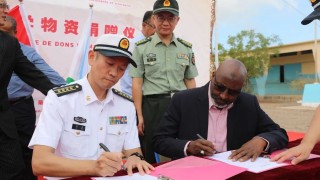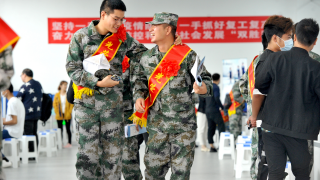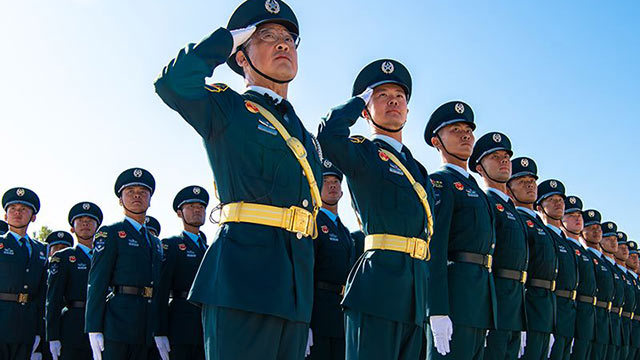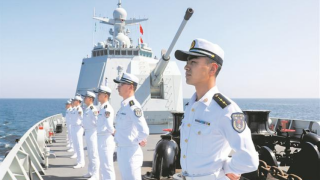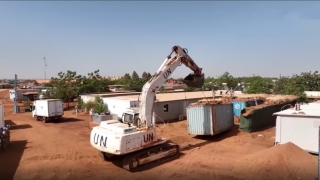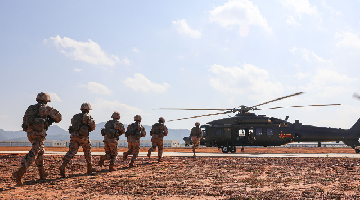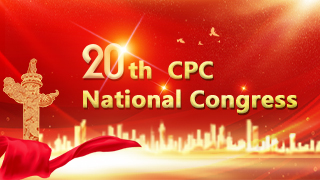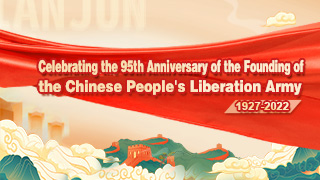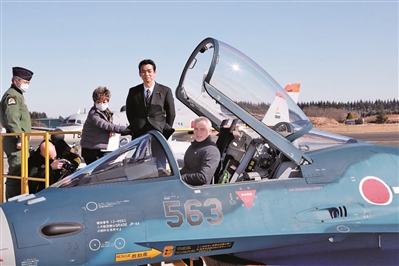
By Fu Bo
NATO Secretary-General Stoltenberg kicked off his four-day Asian trip on January 29, during which NATO had frequent military interactions with ROK and Japan, tightening their interests even further and pushing his agenda of extending NATO’s antenna to Asia Pacific.
Stoltenberg visits ROK and Japan in succession.
The first stop of Stoltenberg’s Asian trip was ROK, which was also his second visit to the country in six years. During his stay, the NATO head commented highly on Seoul’s “Indo-Pacific strategy”, vowing to intensify the cooperation with it in cyber defense and other new technological domains, and praising its deepened military cooperation with NATO members. He also suggested Seoul rethink its policy of not exporting weapons to states in conflict.
Stoltenberg then began his visit to Japan on January 31 and had talks with Japanese prime minister Fumio Kishida. The joint statement released afterward said “the world is at a historical inflection point in the most severe and complex security environment since the end of World War II”, and that NATO will strengthen the cooperation with Japan in areas such as maritime security, arms control, cyberspace, and disinformation. On the same day, Stoltenberg had a field trip to JASDF’s Iruma Air Base in Saitama Prefecture, where he gave a speech emphasizing the importance of reinforcing security cooperation with Japan, and expressed his hope to find a way to jointly address the globally concerned matters and major security issues.
The three parties have their respective calculations.
Analysts pointed out that NATO, Japan and ROK all hope to achieve their strategic goals through Stoltenberg’s Asian trip.
The first is tightening partnerships. American media said Stoltenberg made the trip to pull closer to the Asian partners, as he once said although NATO is still focused on Europe, it needs to cope with global threats and challenges, and the way to do that is by working more closely with regional partners. Some commented that the NATO chief was trying to foment an atmosphere of bloc confrontation in ROK and Japan as if East Asia, or even the whole world, is trapped in a values-centered confrontation. Taking advantage of this, NATO can lure East Asian countries to follow its lead while also persuading its members who think increasing its presence in East Asia is a waste of strengths and resources and that investing time and energy here is both necessary and valuable.
The second is diverting internal conflicts. Both Japan and ROK hope to mitigate the pressure they face at home through the visit. In Japan, Fumio Kishida is troubled by the LDP and cabinet scandal and disputes over economic, internal, tax and public welfare reforms, with his rating falling to a historical new low. He hoped Stoltenberg’s visit could help him turn the tide. In ROK, the Yoon Suk-yeol administration is a right-wing government elected with a minor edge, and it has an urgent need to accomplish some diplomatic feat as the country is in serious economic woes and the government’s rating is lower than the opposition party’s.
The third is stepping up military deployments. Russian foreign minister Lavrov said the US-led NATO is trying to enlarge its sphere of influence by militarizing the Asian-Pacific region. The Asia pacific has established its own inclusive, open and equitable security cooperation framework over the years, but now the US and NATO are promoting the so-called Indo-Pacific strategy to militarize the region, he said.
NATO head intends to stir up a confrontation.
Analysts said Stoltenberg’s Asian trip was intended to bring the New Cold War and confrontation to the Asian-Pacific region, which it will very likely take as a forward position for its military deterrence and deployments, thus expanding both its core and periphery.
On the one hand, NATO is taking faster steps to reach out to the Asia Pacific. The NATO 2022 Strategic Concept released in last June mentioned enhancing its presence in the West Pacific, and ROK and Japanese leaders were invited to NATO’s Madrid summit – both the first time in history. In the future, it’s possible that NATO will join hands with the US and its Asian Pacific allies to, on the excuse of potential military threats, exert their respective strengths to turn its “Asian-Pacific expansion” from a concept to reality.
On the other hand, security risks may keep increasing. Tokyo Shimbun commented that Japan borrowing NATO’s strengths to raise its international discourse power and enhance its own capacities will add the likelihood of regional conflict or friction, while NATO leveraging Japan and ROK to engage further in East Asian affairs will also make regional security situation more complicated and increase the risk of military confrontation or conflict.
